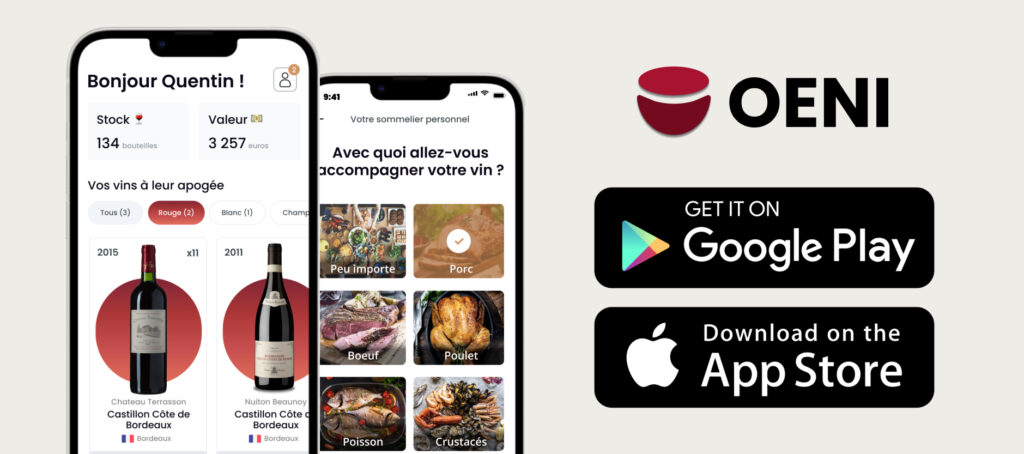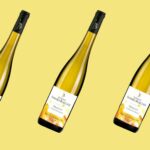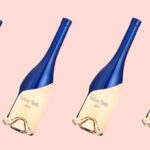You've probably already tasted an exceptional wine, only to forget its name or characteristics a few months later. This kind of forgetfulness is frustrating, especially when you want to find it again or recommend it.
If you're interested in wine-related articles, download our app for IOS or Android. It will give you access to our wine lexicon, our articles and our innovative solution, designed for all wine consumers and collectors.
Structured note-taking: the foundation of any amateur
If you don't want to forget a wine, you have to write it down immediately after tasting. Sounds obvious, but many people neglect this step. A simple name is not enough. You need to add concrete details. Note the year, the estate, the cuvée, the grape variety. Then describe the wine's visual appearance, perceived aromas, texture and length on the palate.
Structuring your notes will make them easier to read months later. Use a dedicated notebook or a standard sheet. Classify your impressions by category: color, nose, mouthfeel, pairing and tasting context. You can also indicate where you tasted it, with what, and with whom.
Using a wine tasting application: technology at your service
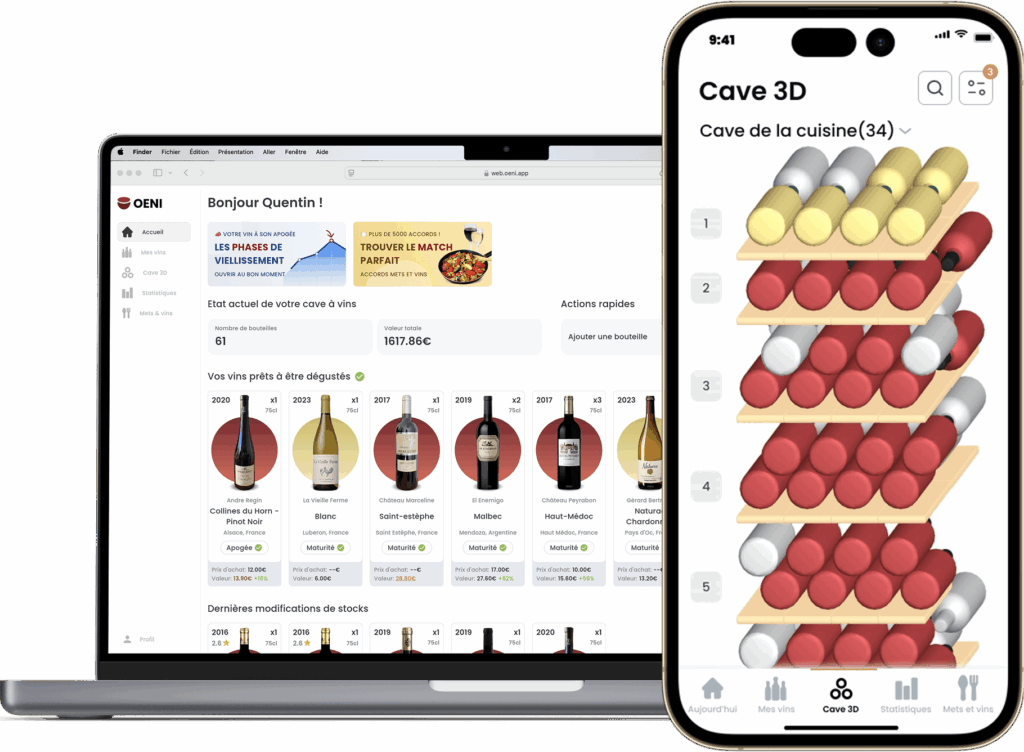
Today, there are several wine-tasting applications available. These digital tools are the ideal replacement for paper notebooks. Thanks to them, you can keep your notes anywhere, securely. You can add photos of the label, note the serving temperature, and even record your impressions verbally.
Among the most popular are Vivino, WineAdvisor and Oeni. These platforms allow you to rate your wine tasting and classify it according to your criteria. Some offer suggestions for similar wines, helping you to find similar sensations.
Develop your olfactory and taste memory over time
Just like visual or auditory memory, taste memory is something to be worked on. To develop it, you need to practice regularly. Each tasting is a training session. The more you taste, the more you refine your reference points. To progress, start with comparisons. Take two wines from the same grape variety, but from different regions. Note the nuances. Look for dominant aromas. Is it red fruit, spice, undergrowth?
Eventually, your brain will register these references. You'll find it easier to associate a taste with a name or region. This reinforces the taste memory of wine, even over several months.
Keep a visual record of the bottle
A photo is often better than a long speech. To remember a wine, always take a photo of the bottle, the label or the table where you drank it. The image will remind you of the moment and awaken your sensory memories. Then integrate this photo into your wine-tasting application, along with your personal notes.
Some people print out their photos and stick them in a notebook. Others create digital albums by theme or by year. The important thing is to easily find the image and associate it with your feelings.
Talk about wine with other enthusiasts
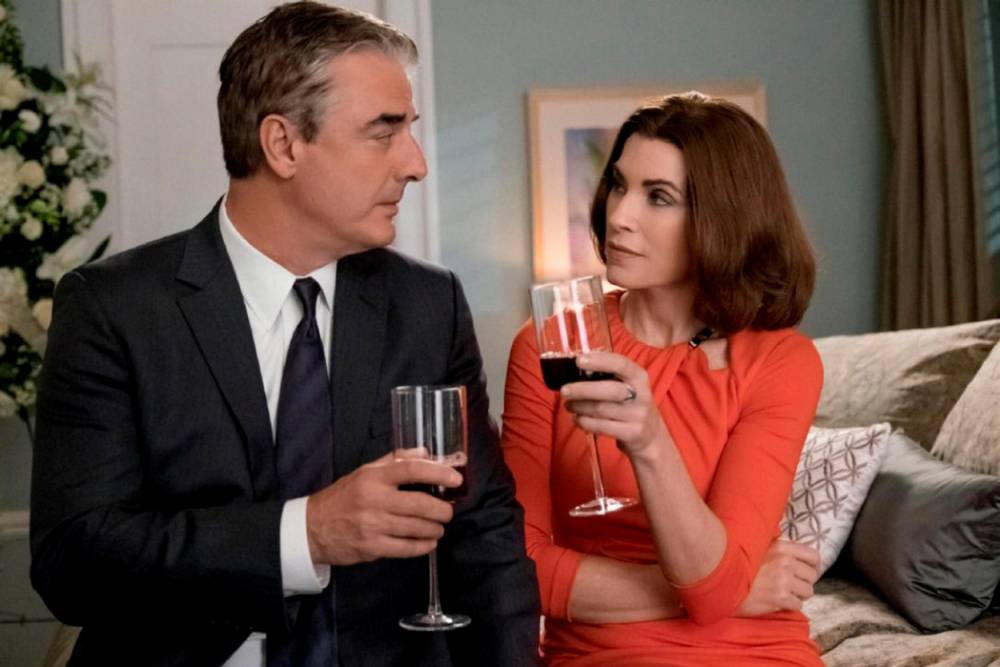
Sharing your experience helps you remember it better. When we talk about a wine with someone else, we rephrase our impressions. This process of putting things into words anchors memories. So join wine-tasting circles, clubs or groups on social networks. By recounting your experience, you reinforce your taste memory.
You can also share your notes with fellow enthusiasts. Their comments may echo your own, or enable you to discover aromas you hadn't identified at the time.
Classify and organize your tastings
Organization plays an essential role. Whether you use a wine-tasting app or a notebook, you need to classify your notes. By country, grape variety, vintage or estate. This logical classification helps the brain to find information quickly. Flipping through your notes will bring back memories.
Some enthusiasts even use color codes or stars to prioritize their favorites. You can also create "to repurchase", "to offer" or "to drink again in 3 years" sections. These markers make your personal database lively and easy to use.
Associating a wine with a special context
The brain remembers better what is emotionally charged. If you associate a wine with a birthday, a trip or a good meal, you'll remember it more easily. Don't hesitate to describe this context in your notes. For example, write: "Drunk at a picnic on the beach, unforgettable sunset, served with tapas from the sea."
If you read this sentence six months later, you'll immediately recall the atmosphere and sensations. It's an excellent complement to your technical remarks about wine.
Keep caps and labels
Some wine lovers collect corks or labels. You can write the tasting date and a quick note directly on them. Store them in a box or stick them in a notebook. This homemade trick is still effective, especially if you're sensitive to tactile memory.
Coupling this method with your digital wine tasting notes creates a double anchorage. You stimulate several senses, so you maximize the chances of accurately remembering that wine, even long afterwards.
Choosing the right tools to last
If you're a regular taster, opt for a durable system. A paper notebook will eventually wear out or get lost. A well-designed wine tasting application is your long-term companion. Choose one that lets you import your photos, sort your wines, record your impressions freely, and above all, export them. The important thing is to be able to access your memories wherever you are.
And don't forget to back up your data regularly. You'll avoid unpleasant surprises and preserve your wine-tasting memory in the long term.
If you enjoyed this article, don't hesitate to read the following one "Choosing accommodation with winegrowers: the right reflexes"which may also be of interest to you!


